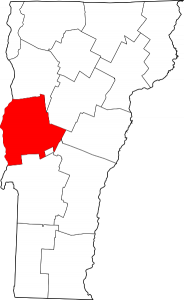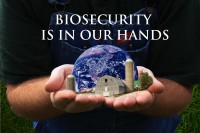Not everything that can be counted counts, and not everything that counts can be counted. – Albert Einstein
The UVM Extension reporting system, recently renamed  the Logic Model Planning and Reporting System (lumpers?), is affectionately known as Albert—a reference to the above quote by Albert Einstein. Today is the deadline for reporting Extension activities for the past 12 months and providing documentation of program “impact.”
the Logic Model Planning and Reporting System (lumpers?), is affectionately known as Albert—a reference to the above quote by Albert Einstein. Today is the deadline for reporting Extension activities for the past 12 months and providing documentation of program “impact.”
No, you don’t have to duck.
The “impact” we are interested in is whether our programs have made a difference in people’s lives. UVM Extension is out “Cultivating Healthy Communities” by helping individuals and communities put research-based knowledge to work. Over 140 UVM Extension faculty and staff are at work on an array of programs from 4-H youth programs to programs relevant to agriculture, environment and natural resources, community engagement, business development and management, wellness, gardening, and a lot more besides. A visit to the UVM Extension site will give you a glimpse of these programs and provide you with links to additional resources provided through the national eXtension system.
Tell us how you have benefited from UVM Extension.





